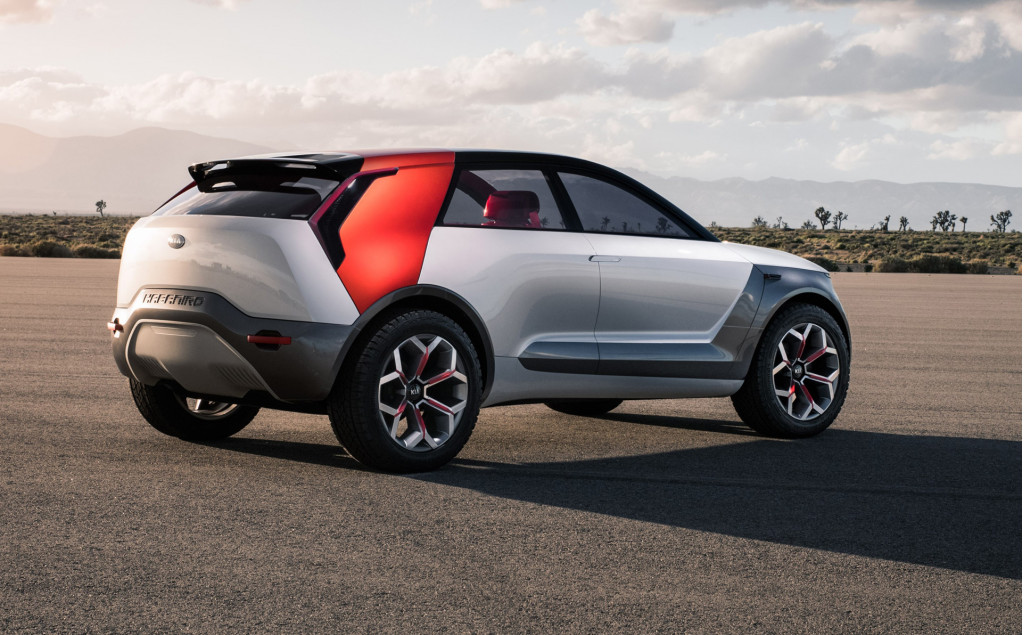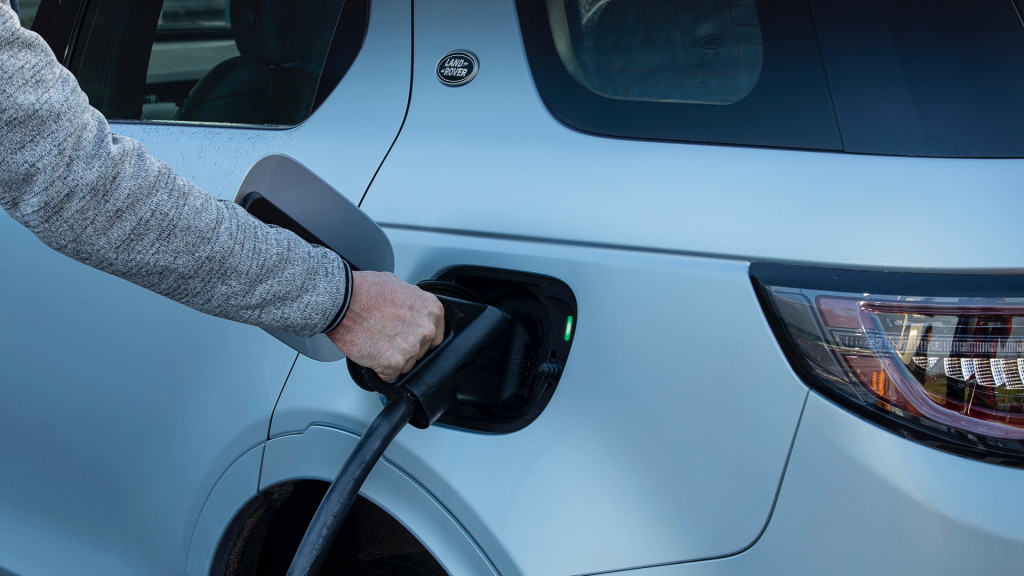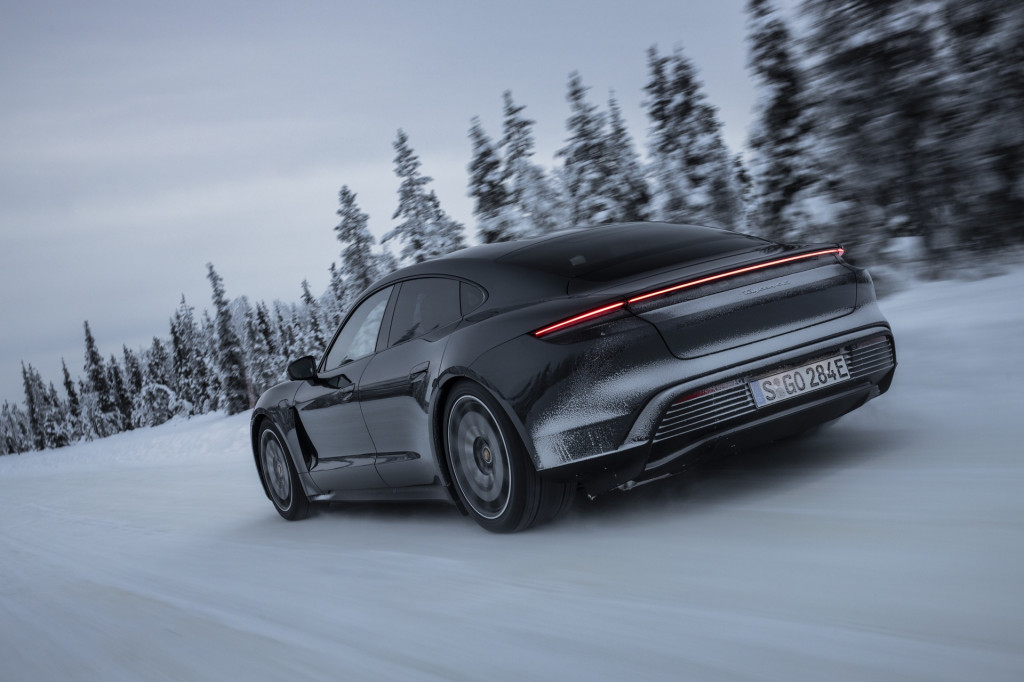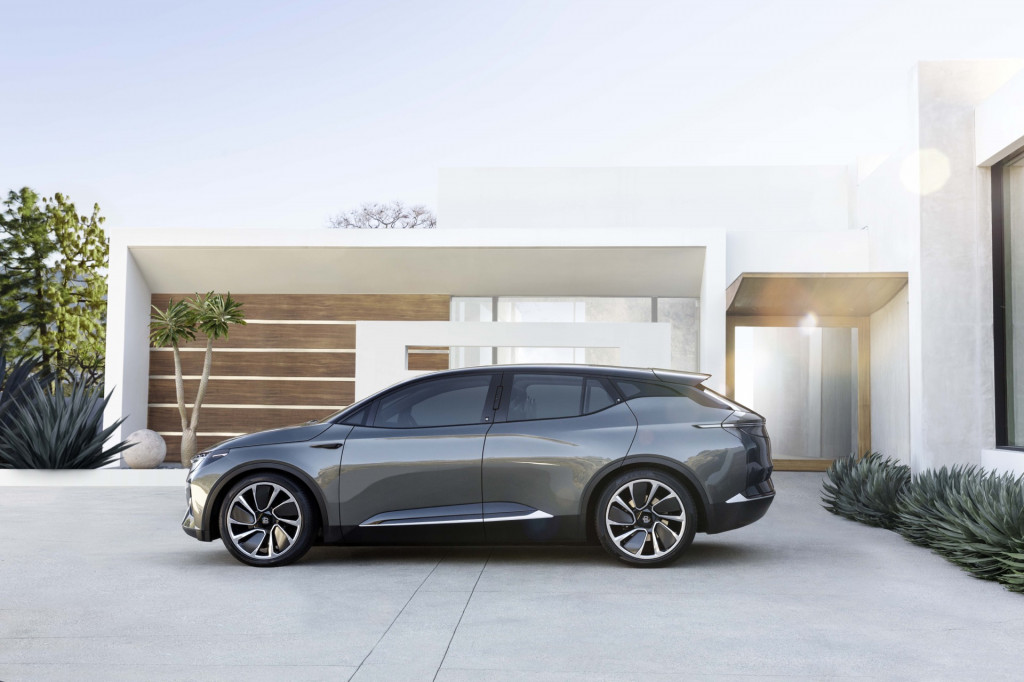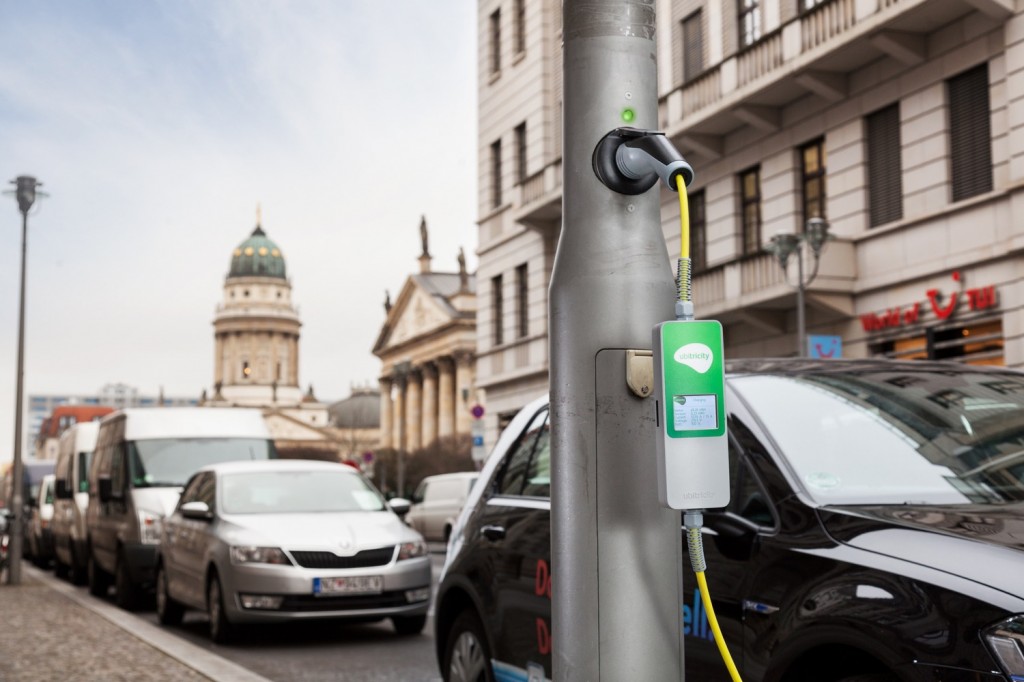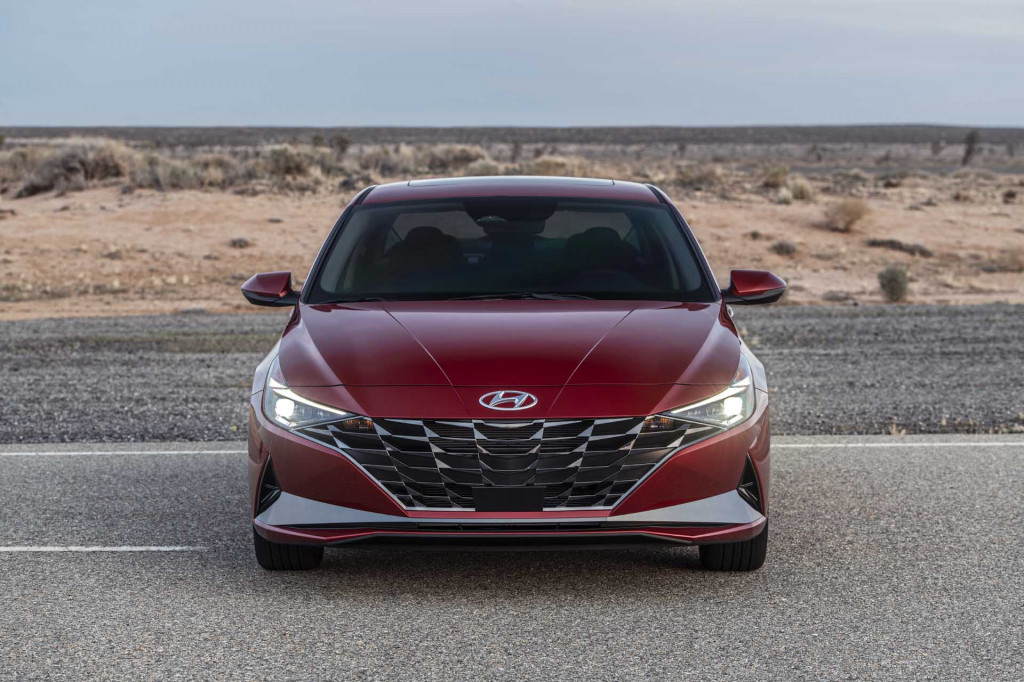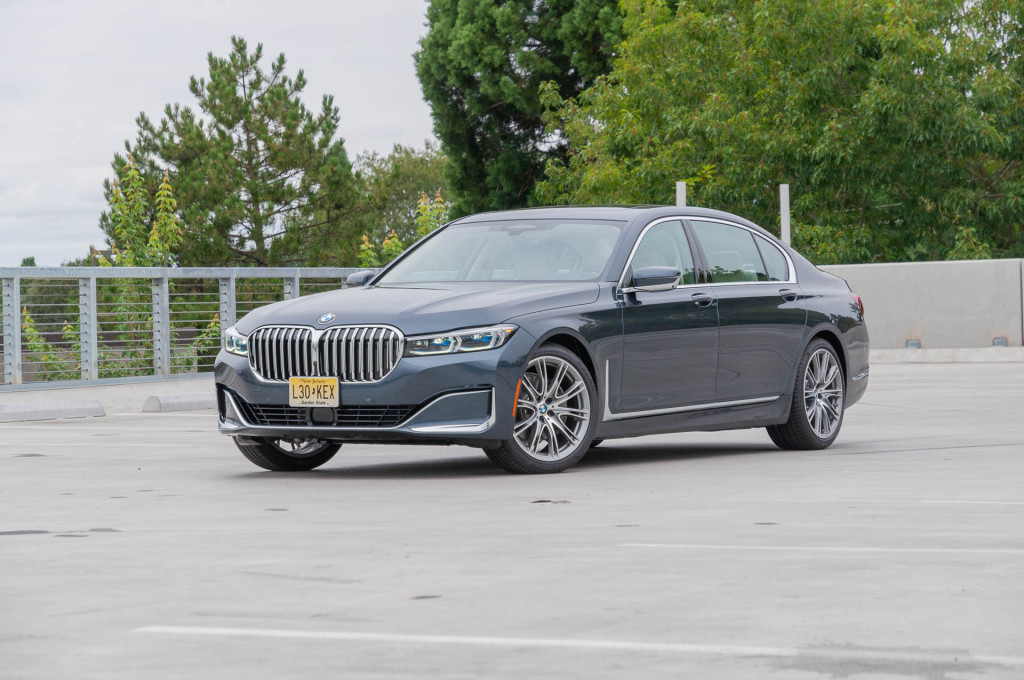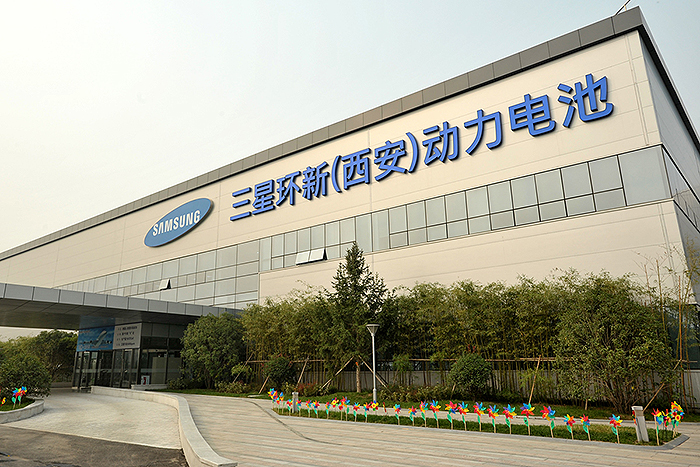Go to Source
Author: Green Car Online News
Land Rover plug-in hybrid lineup expands with downsized engine, bigger battery
Go to Source
Lower-price Porsche Taycan is coming, with rear-wheel drive—and possibly better range
Go to Source
Byton names a partner for home charger installation, and it isn’t Amazon
Go to Source
UK project builds electric-car charging into a half-mile of lampposts
Go to Source
Tesla Model Y delivered, Niro EV refreshed, Honda CR-V Hybrid driven: The Week In Reverse
Go to Source
Fully-electric BMW 7-Series could be carmaker’s most powerful sedan
Go to Source
Samsung solid-state battery tech under development doubles energy density
Go to Source
Honda CR-V Hybrid drive, Volkswagen ID.1, coal outmoded by renewables: Today’s Car News
Go to Source
Energy from renewables will soon be cheaper than from coal—in many world regions
Go to Source
